There are several ways to access and open the Microsoft System Configuration tool across different Windows operating systems:
1. Use the search box to search for "system configuration" or "msconfig" and select the result.
2. Open the Start Menu and navigate to the Windows Administrative Tools folder to access the shortcut.
3. Use the Run window by pressing Windows + R keys and typing "msconfig".
4. Create a desktop shortcut with the target "msconfig".
5. Open the Command Prompt or PowerShell and type "msconfig".
6. Use the Task Manager by pressing Ctrl + Shift + Esc, then selecting "Run new task" and typing "msconfig
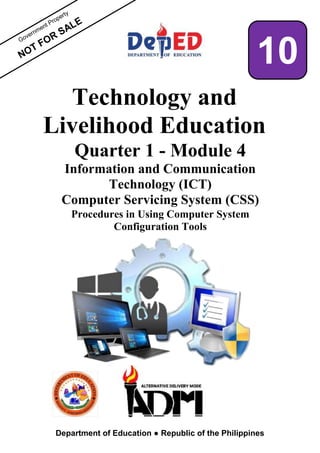
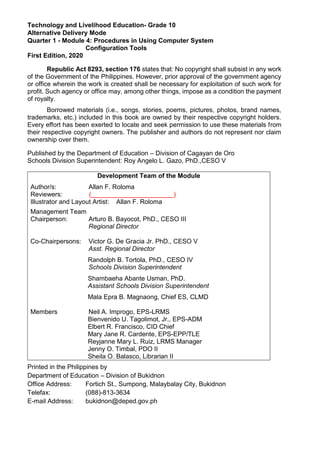
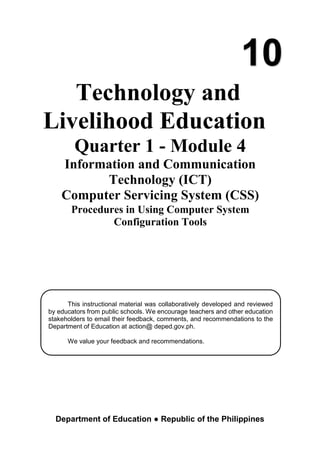





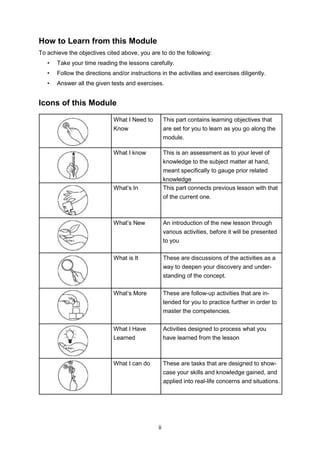



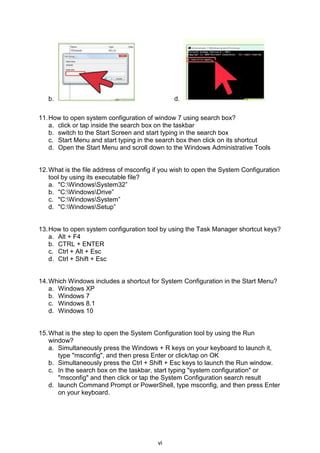








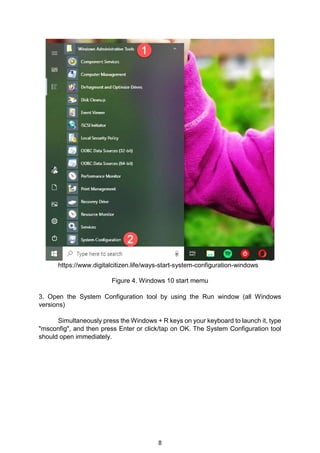
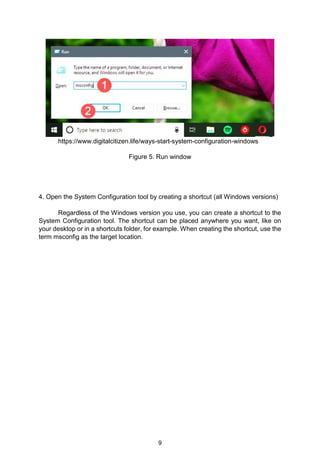












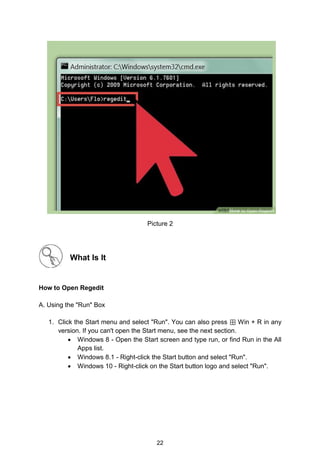









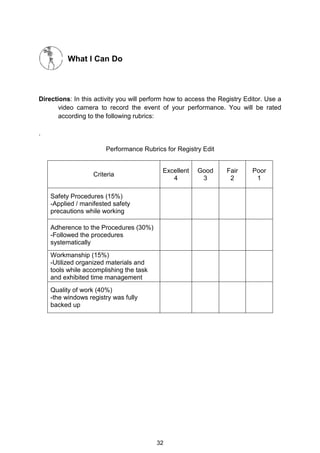










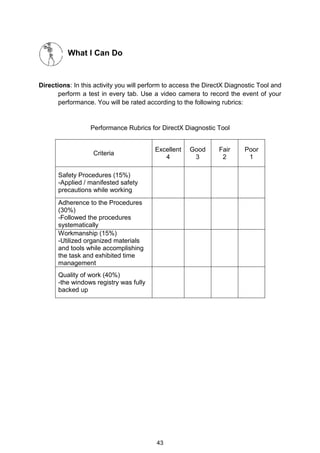



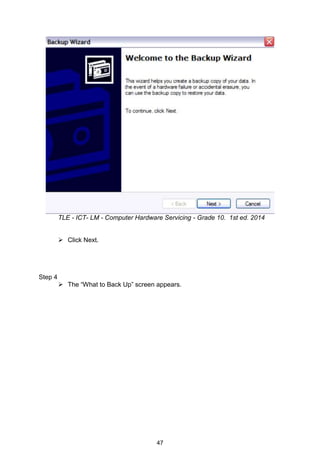



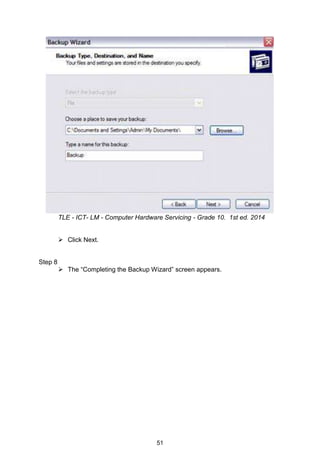


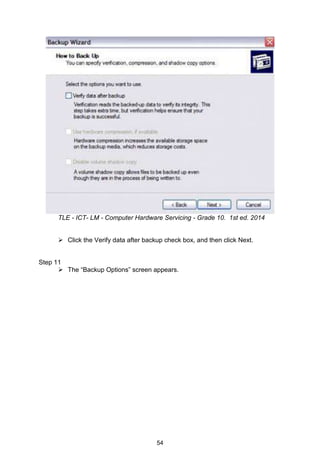
















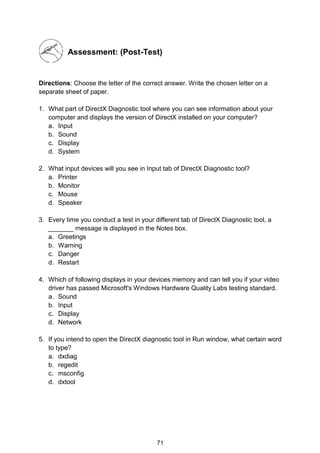
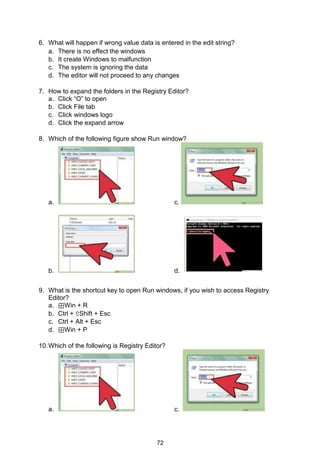
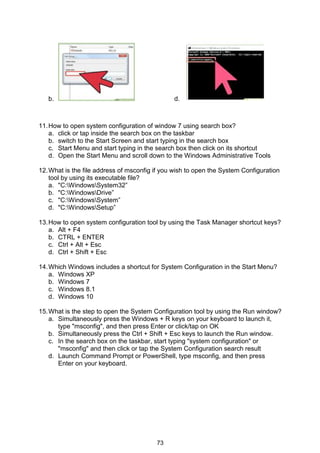

![75
References
Book:
Rosalie P. Lujero, Ronaldo V. Ramilo, Michael Angelo C. Gatchalian. “Technology and
Livelihood Education - Information and Communications Technology Learners
Manual - Computer Hardware Servicing - Grade 10.” 1st ed. 2014
Electronic Resources:
Neagu, Codrut. “8 Ways to Start System Configuration in Windows (all versions).”
Digital Citizen. May 10, 2018. https://www.digitalcitizen.life/ways-start-system-
configuration-windows
wikiHow. “How to open Regedit.” July 4, 2019. https://www.wikihow.com/Open-
Regedit
Video link:
Messer, James. “System Configuration - CompTIA A+ 220-1002 - 1.5.” April 28,
2019. https://www.youtube.com/watch?v=aGhCUJmtDR4
MDTechVideos. “Fix, Clean and Repair Windows 10/8/7 Registry [Tutorial].”
November 9, 2017. https://www.youtube.com/watch?v=QmhvRcHbUKQ](https://image.slidesharecdn.com/tle10ictcssq1m4v31-230120031835-ee5401d6/85/TLE10_ICT_CSS_Q1_M4_v3-1-docx-89-320.jpg)
